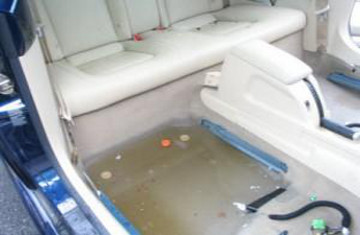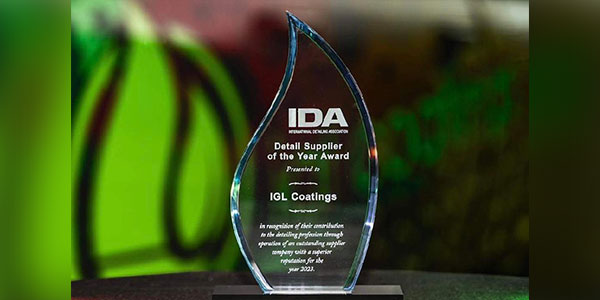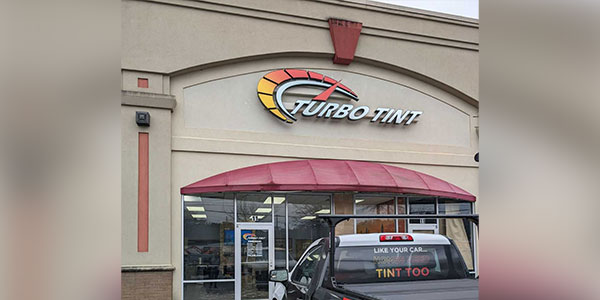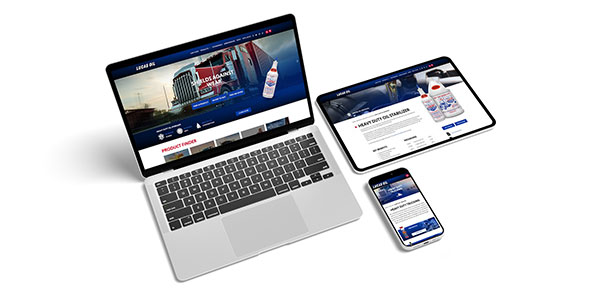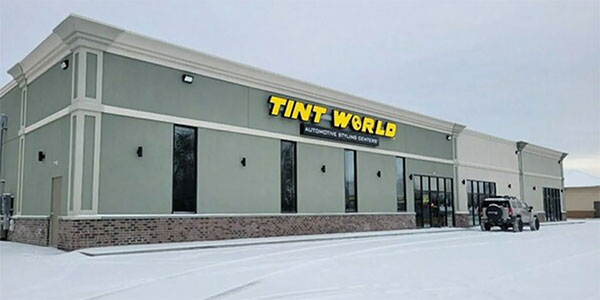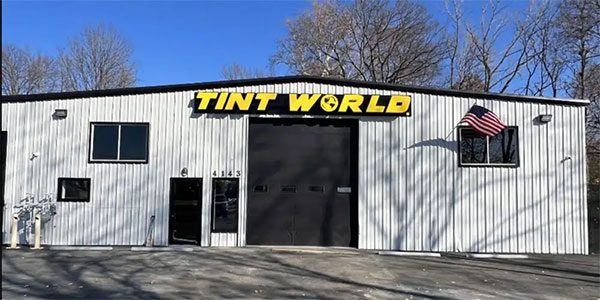Carpet extraction, also called deep or restorative cleaning, will remove the soil accumulation that vacuuming alone cannot.
Deep or restorative cleaning via extraction will remove the soil buildup that causes carpeting to look dirty and dull and will help revive the look and feel of carpet fibers.
Dry particulate soil removal is fundamentally different from cleaning greasy, sticky and oily soils that amass on your floor mats and carpeting in that, with extraction, the removal of unwanted matter is expedited with the help of heated water and chemicals that create a barrier between carpet fibers and soils that are then flushed out.
Failing to extract on a timely basis will allow damaging particulates to become ground into carpet fibers, marring the appearance of carpeting and making future cleanings more difficult.
Because extraction is an important part of the carpet care process, the following is a breakdown of the necessary steps to extract soils from your vehicle’s carpeting.
Extraction in 10 steps
- Pick up large debris and remove floor mats.
- Vacuum all carpeting to remove dry soils.
- Treat any spots or stains with an appropriate spotting chemical.
- Pretreat floor mats or other heavily soiled areas with a prespray solution and allow sufficient dwell time, which can be upwards of 10 minutes.
- Without over wetting, extract slowly and in a grid-like pattern with overlapping strokes.
- For heavily soiled locations, additional extractions and/or water-only rinses of the area may be necessary to flush out any remaining soils and chemicals, which also helps avoid wicking.
- The use of steam or solutions of hot temperatures will assist in the removal of unwanted matter.
- Subsequent suction-only passes may be necessary to remove excess moisture from the carpeting.
- Grooming the carpet fibers after extraction will make the pile look uniform and will aid in the drying process.
- The application of a carpet protectant can help prevent resoiling and reduce the frequency and necessity of subsequent cleanings.

